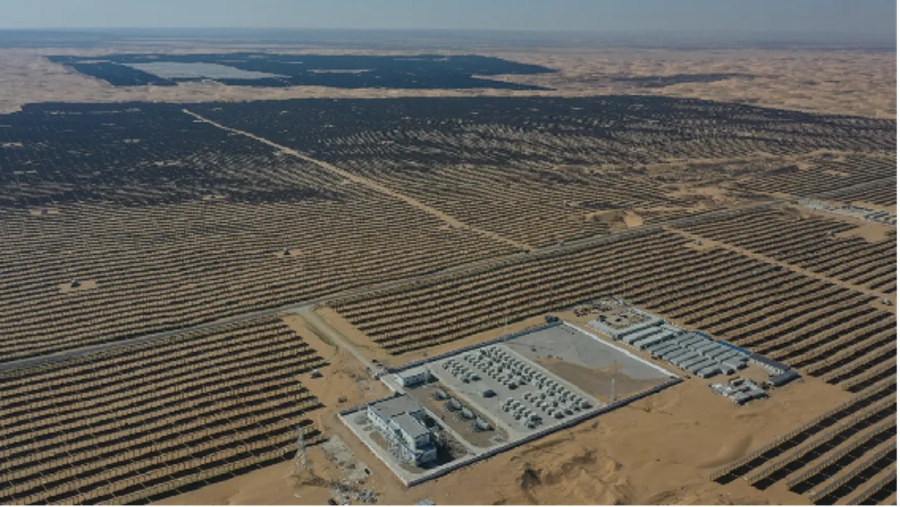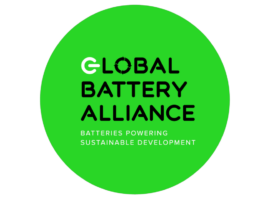EU expects battery pack price of less than $100/kWh by 2026/27

The European Union’s CETO has published the “Battery Technology in the European Union” report, which analyses batteries across the bloc and offers perspectives for the years ahead.
The report focuses on solid-state batteries (SSB), sodium-ion (Na-ion) devices, and considers general battery technology for use in stationary battery energy storage systems (BESS) and electric vehicles (EVs).
Global installations of new stationary BESS rose more than 115%, year-on-year, to exceed 130 GWh in 2023 for a cumulative 300 GWh. The market is projected to grow to around 490 GWh by 2030. China led the way, with 70 GWh and 60% of global market share. The United States came in second, with 28 GWh and 20%, respectively; ahead of the European Union, with 16 GWh and 12%, respectively.
The report’s authors predicted 200 GWh of stationary batteries are expected in the European Union by 2030, plus more than 2 TWh of capacity across 55 million EVs. The 270 million-strong EU car fleet must be zero-emission by 2030.
The dominant battery technology is lithium-ion, including lithium ferro-phosphate (LFP), nickel manganese cobalt oxide (NMC) and nickel cobalt aluminum oxide devices. Lithium-ion will continue to dominate, the report stated, but there will be a shift towards low- or zero-cobalt chemistry, including LFP, manganese iron phosphate, and NMC811+ devices, with the numbers in the latter referring to component material ratios. The role of Na-ion batteries and other advanced technology will also increase significantly.
Na-ion batteries have arrived on the market and the technology can dispense with critical raw materials; has a specific energy comparable to LFP; and offers superior power density, low-temperature performance, and safety. Na-ion is aimed at less demanding stationary and mobile applications.
Mobility applications account for around 86% of all batteries in use, mainly in personal and light commercial vehicles and buses. The capacity of lithium-ion batteries installed in vehicles worldwide reached 750 GWh in 2023, up 36% from 2022. Annual global demand is expected to reach 4 TWh to 6 TWh in 2030.
In 2023, global sales of electrified vehicles rose 35%, year-on-year, to exceed 14 million and reach a 16% share of total vehicle sales, up from 14% in 2022. China accounted for 8.3 million EVs, the European Union 2.4 million, and the United States 1.6 million.
Battery prices
In 2023, the global average battery price per kilowatt-hour of storage capacity decreased 14%, returning to a long-term trend of declining prices. That trend is expected to continue. In 2026/27, the average pack price is expected to fall below $100/kWh, based on raw material costs, competition, and pressure from alternative technology such as Na-ion batteries, which could be 30% cheaper than LFP devices when production of the former is scaled up. SSB costs were $300/kWh to $500/kWh in 2023 and are expected to fall to to $100/kWh to $150/kWh by 2034.
Finance and R&D
Global public investment in R&D and innovation increased from €450 million ($472 million), in 2021, to around €490 million in 2022, with the United States, European Union, and Canada leading the way. Annual public investment in the European Union reached €270 million, repeating the figure recorded in 2021. The EU’s leading investors were France, Austria, and Germany.
Global private R&D funding and venture capital investment into battery developers declined 27%, year-on-year, to €7.5 billion in 2023. That was driven by China and the United States, while the European Union set an all-time high.
Of the battery chemistries analysed, the greatest scientific interest was shown in Na-ion batteries. SSBs attracted somewhat less interest. In each of the analysed chemistries, China was the leader while the European Union was ranked second, third, or fourth, depending on the chemistry concerned.
Production and export data
The total value of batteries produced in the European Union was close to €35 billion in 2023. The largest segment was the production of accumulators, with a share of 85%. Non-rechargeable batteries contributed 12%. Some 70% of accumulators were lithium-ion batteries.
Global battery exports were estimated at €260 billion in 2021 to 2023. EU exports to non-EU countries reached almost €18 billion – 9% of the global market – in the same period. The European Union meets half its battery demand with imports. In 2023, EU exports increased by 25% while imports rose 22%. The deficit reached a record €18.6 billion, 26% higher than in 2022.
China remained the world’s largest battery exporter, with Poland and Hungary in second and third place, respectively. Germany was the world’s largest importer, followed by the United States and Hong Kong.
Annual battery cell production capacity in Europe was estimated at 175 GWh/year in 2023. Battery component production capacity reached 40 GWh for cell production for cathode active materials; 120 GWh for separator manufacturing, and 230 GWh for electrolyte production.
The European Union’s dependence on third-country suppliers could be significantly reduced by developing and deploying low- or zero-critical raw material batteries, such as LFP, Na-ion, or redox flow devices.
While the European Union accounted for more than 25% of global EV production, it was not a major player for stationary energy storage systems.
The report also noted that flexible management of grid loads could reduce the need for the integration of energy storage systems into the grid, thereby reducing network investment and alleviating pressure on battery production.
From pv magazine España.













